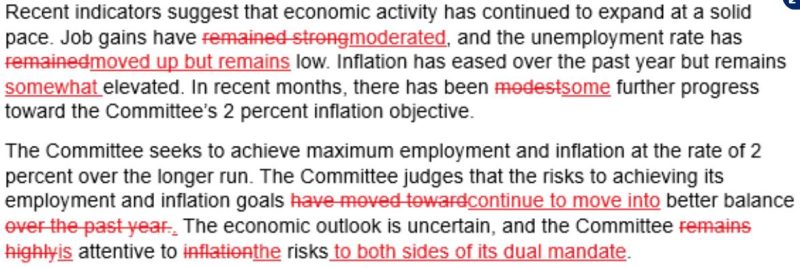The Federal Reserve, also known as the Fed, has found itself in an incredibly challenging situation – inadvertently creating a nightmarish scenario where the very actions meant to stabilize the economy are now backfiring.
One of the Fed’s primary tools for influencing the economy is through monetary policy, specifically the manipulation of interest rates. Lowering interest rates is intended to encourage borrowing and spending, stimulating economic activity. On the other hand, raising interest rates is undertaken to cool down an overheating economy and prevent inflation.
In response to the COVID-19 pandemic, the Fed swiftly implemented aggressive measures to support the economy. Interest rates were slashed to near-zero levels, and massive bond-buying programs were initiated to inject liquidity into the financial system. These actions were crucial in preventing a complete collapse of the economy during the pandemic-induced recession.
However, the unintended consequences of these actions are now becoming increasingly apparent. One of the most significant concerns is the creation of asset bubbles across various market segments. With interest rates at historic lows, investors are driven to seek higher returns in riskier assets such as stocks, real estate, and cryptocurrencies. This massive influx of capital has inflated prices to unsustainable levels, raising the specter of a market crash when the bubble eventually bursts.
Moreover, the Fed’s ultra-loose monetary policies have exacerbated wealth inequality. The wealthiest individuals and corporations, who have access to cheap credit and financial markets, have seen their assets appreciate significantly. In contrast, lower-income individuals, who rely on wages and savings, have struggled to keep pace with rising living costs.
Another alarming consequence of the Fed’s actions is the erosion of the US dollar’s purchasing power. By flooding the economy with liquidity, the Fed has devalued the currency, leading to higher inflation. This, in turn, erodes the real value of savings and income for ordinary Americans, further widening the wealth gap.
Furthermore, the Fed’s policies have also distorted market signals and hindered the efficient allocation of resources. With interest rates artificially suppressed, businesses are incentivized to take on more debt instead of focusing on productivity and innovation. This could stifle long-term economic growth and productivity, negatively impacting the country’s competitiveness on a global scale.
In conclusion, the Federal Reserve finds itself in a precarious situation of its own making. While the initial intention of its policies was to protect the economy from the worst effects of the pandemic, the unintended consequences are now painting a troubling picture. As the Fed grapples with the challenges of unwinding its extraordinary stimulus measures, it will need to tread carefully to prevent further disruptions and ensure a more stable and sustainable economic future for all Americans.

